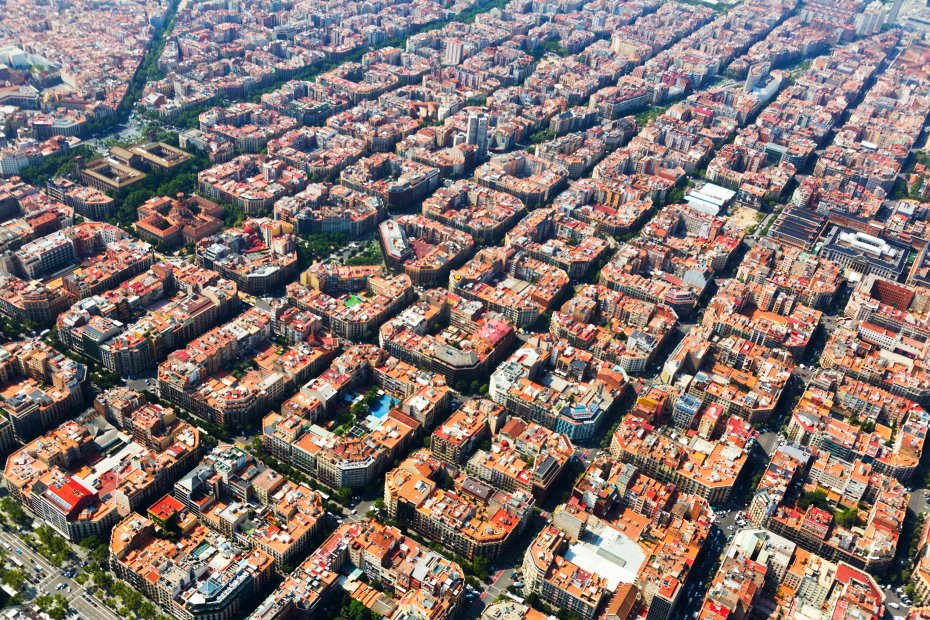

Undoubtedly, there are some inherent drawbacks of tall buildings from an economic point of view. In the wake of the collapse of the World Trade Center (WTC) towers in New York in September, 2001 some skeptics took a pessimistic view by calling skyscrapers “death traps” and hastily and unfairly predicted their demise. For these reasons some critics have viewed tall buildings as an undesirable display of extreme form of technological surge intruding upon the existing built environment that matches the human scale, and hence, an “urban evil” that reduces the quality and way of urban life. Tall buildings consume massive quantities of energy and require a high operational cost. They also influence the micro-environment by casting shadows and blocking views and sunlight. They exert significant demand on infrastructure and transportation systems, and affect the historic fabric while reshaping the city’s skyline. It concludes by projecting a vision of tall buildings and their integration into the cities of the 21st century.īecause of their enormous scale tall buildings demand extraordinary determination and endurance from many stakeholders including owners, developers, planners, architects, and engineers. The paper attempts to dispel any discernment about tall buildings as mere pieces of art and architecture by emphasizing their truly speculative, technological, sustainable, and evolving nature.

Case studies of some recently built tall buildings are discussed to illustrate the nature of tall building development in their respective cities. The paper argues that as cities continue to expand horizontally, to safeguard against their reaching an eventual breaking point, the tall building as a building type is a possible solution by way of conquering vertical space through agglomeration and densification. Then, it provides a brief account of the historic and recent developments of tall buildings including their status during the current economic recession. The foremost and fundamental question that is often asked: Why tall buildings? This review paper seeks to answer the question by laying out arguments against and for tall buildings. It conjures a number of valid questions in our minds. It embodies unrelenting human aspirations to build even higher. Norton & Company.The tall building is the most dominating symbol of the cities and a human-made marvel that defies gravity by reaching to the clouds. " Supertall" was released on April 12, under the publisher W. "But if you have an irregular surface, in this case, this nook, then the wind can no longer track the surface of the building and it will just dissipate." "Normally, if the wind blows on a round object, it just follows the surface of the circle and collects at the back," Al said. A perfectly round tower can be dangerous when there are strong winds, due to a phenomenon called vortex shedding, which causes a force to pull on the building. Its twisted design, including the nook that's cut into the side of the building, keeps the building safe from the forces of the wind, Al told Insider. There were other structural concerns that had to be accounted for in the tower's design.

"To get from the ground to the top would have required 3,398 stairs, and a grueling climb of 53 minutes." "Its whopping 1,898-feet length exceeds the Burj's shaft by 240 feet, and zips you all the way from the bottom to the top in a single shot under 55 seconds," Al wrote. The elevator shaft in Shanghai Tower also runs farther than the Burj's. It may be second in height to Dubai's Burj Khalifa, but it has 20% more floor area, per Al's book. Shanghai Tower is the tallest in China, per the Council on Tall Buildings and Urban Habitat. Shanghai Tower has a twisted design, with a nook that's cut into the side of the building.


 0 kommentar(er)
0 kommentar(er)
